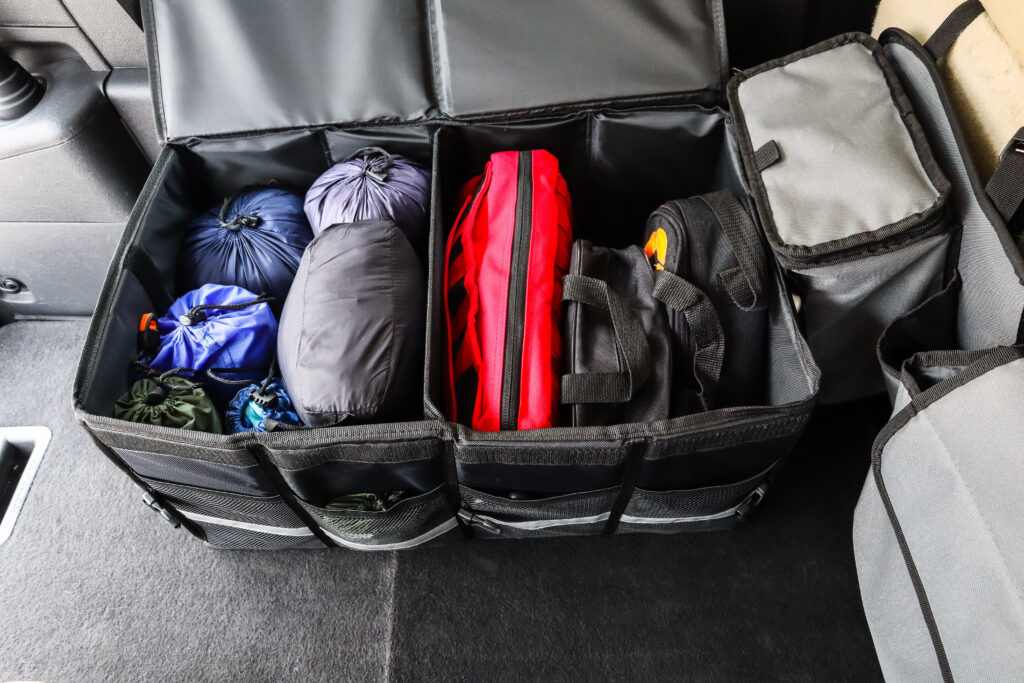Preparing for emergencies is a serious matter. You may already be aware of the importance of having an emergency kit on hand in your car. Do you currently have an emergency kit in your vehicle?
A couple with their two children returned home to the city from vacation in winter 2006. The couple and their children were returning home from vacation in the winter of 2006. They had missed their turnoff. After driving an hour past it, they decided to take an alternative route through the mountains.
This was a bad idea. The car got stuck in the snow and they were lost. The couple did not have any emergency equipment. The husband, after a week without food, decided to go hiking for assistance. Rescuers found the two girls and their mother cold, hungry and alive, just two days after they arrived. was later found dead , in a canyon.

First, you should know that staying in place is almost always the best option if you get stranded. These five tips can help you to stay alive.
Drinking water It’s possible to go for weeks without food but it will be difficult to survive a single week without drinking water. Water or a container to hold water can be carried. Here, you need to use your brain. Carry water if you’re going across the desert. It is enough to carry empty bottles and a water purifier kit if you will be close to a source of freshwater.
Shelter Each summer, tourists go on a hike, but get lost and freeze to death as the temperatures drop and storms arrive. The term “Shelter”, in this context, refers to anything that keeps you from the weather: sleeping bags or blankets made of wool and heavy plastic. Add heavy sweatshirts and dry socks to each passenger.
Food Meals Ready to Eat (MRE) are easy to store and last years. Raman noodles are a good low-budget option. Add a pot and mugs. You can also use a small grill rack. You can cut off food and kindling with a sharp knife. Roll up a Sunday newspaper to help you start your fire.
Communication: Mobile phones may not work in all places and their batteries can drain. Even if you’re out of range of your cell phone, it can still guide a rescue team to you. When you’re in danger, dial 911. Your phone can leave digital footprints even if there is no voice service. Bring a solar charger with you. Climbing to the summit of a mountain or ridge may allow you to access a cell tower. Mirrors, flashing lights, glowsticks, flashlights and fluorescent surveyor tape are all other communication devices. Keep one signaling tool for daytime and another one for nighttime.
E Pack: An emergency pack is a bag that contains a variety of items, including a survival knife, waterproof matches and/or butane lighters, as well as a manual on survival, about 20 feet (or so) of strong cord and additional water purification tablets. Extra medication is recommended for those who are on medications. Toilet paper and toothbrushes are nice to have.
Coffee lovers will need to have a container of instant coffee on hand. Fill your E-Pack with the items you normally bring camping. A flag is also a good idea. You can attach it to the antenna of your car to signal that help may be needed. Or you can hang it on a pole to attract the attention and interest of the searchers.
Preventing problems by taking care of car issues is important. Pre-trip checks can reveal issues that are easily repaired in the city but potentially dangerous when driving. It is essential to check the condition of your oil, water, battery, water hose, and tires (including spare). The tires are easily replaced.
People get lost. Automobiles breakdown. Be prepared.